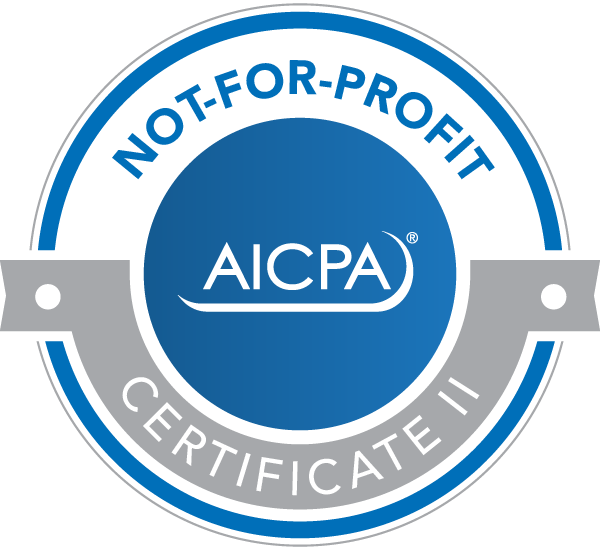If you’re getting close to retirement, you may wonder: Are my Social Security benefits going to be taxed? And if so, how much will you have to pay?
It depends on your other income. If you’re taxed, between 50% and 85% of your benefits could be taxed. (This doesn’t mean you pay 85% of your benefits back to the government in taxes. It merely that you’d include 85% of them in your income subject to your regular tax rates.)

Crunch the numbers
To determine how much of your benefits are taxed, first determine your other income, including certain items otherwise excluded for tax purposes (for example, tax-exempt interest). Add to that the income of your spouse, if you file joint tax returns. To this, add half of the Social Security benefits you and your spouse received during the year. The figure you come up with is your total income plus half of your benefits. Now apply the following rules:
1. If your income plus half your benefits isn’t above $32,000 ($25,000 for single taxpayers), none of your benefits are taxed.
2. If your income plus half your benefits exceeds $32,000 but isn’t more than $44,000, you will be taxed on one half of the excess over $32,000, or one half of the benefits, whichever is lower.
Here’s an example
For example, let’s say you and your spouse have $20,000 in taxable dividends, $2,400 of tax-exempt interest and combined Social Security benefits of $21,000. So, your income plus half your benefits is $32,900 ($20,000 + $2,400 +1/2 of $21,000). You must include $450 of the benefits in gross income (1/2 ($32,900 − $32,000)). (If your combined Social Security benefits were $5,000, and your income plus half your benefits were $40,000, you would include $2,500 of the benefits in income: 1/2 ($40,000 − $32,000) equals $4,000, but 1/2 the $5,000 of benefits ($2,500) is lower, and the lower figure is used.)
Important: If you aren’t paying tax on your Social Security benefits now because your income is below the floor, or you’re paying tax on only 50% of those benefits, an unplanned increase in your income can have a triple tax cost. You’ll have to pay tax on the additional income, you’ll have to pay tax on (or on more of ) your Social Security benefits (since the higher your income the more of your Social Security benefits that are taxed), and you may get pushed into a higher marginal tax bracket.
For example, this situation might arise if you receive a large distribution from an IRA during the year or you have large capital gains. Careful planning might be able to avoid this negative tax result. You might be able to spread the additional income over more than one year, or liquidate assets other than an IRA account, such as stock showing only a small gain or stock with gain that can be offset by a capital loss on other shares.
If you know your Social Security benefits will be taxed, you can voluntarily arrange to have the tax withheld from the payments by filing a Form W-4V. Otherwise, you may have to make estimated tax payments. Contact us for assistance or more information.
- Evaluate whether a Health Savings Account is beneficial to you - September 19, 2023
- Investment swings: What’s the tax impact? - September 12, 2023
- Plan now for year-end gifts with the gift tax annual exclusion - September 5, 2023
- Selling your home for a big profit? Here are the tax rules - August 29, 2023
- The tax consequences of employer-provided life insurance - August 22, 2023









